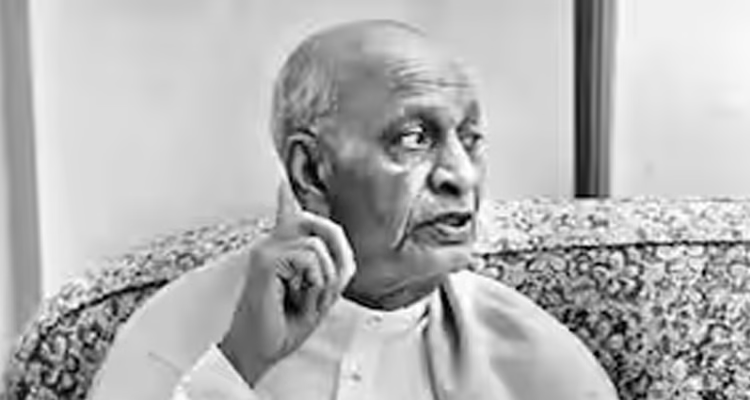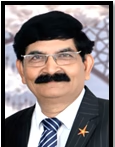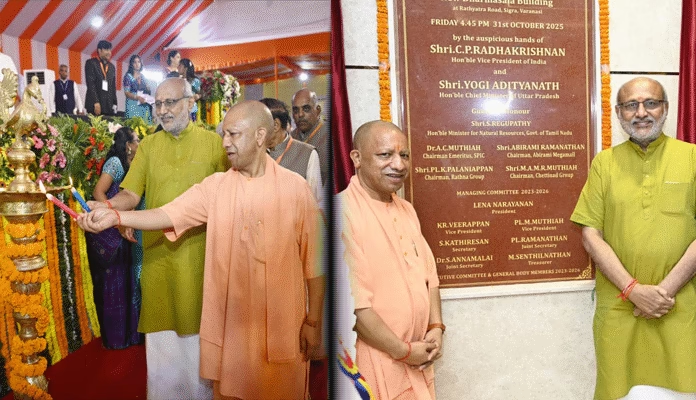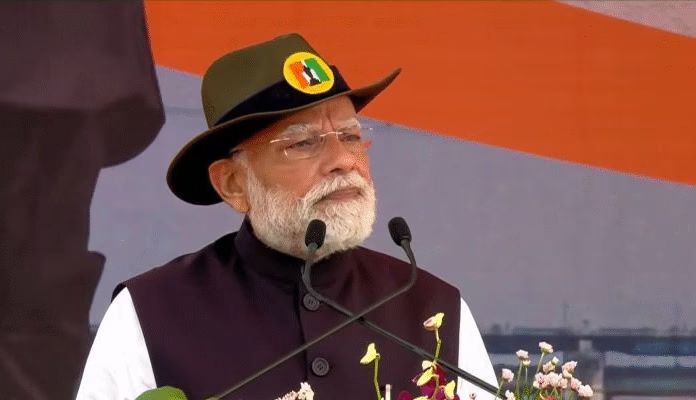
 by Vinod Chandrashekhar Dixit
by Vinod Chandrashekhar Dixit
On October 31, India celebrates the birth anniversary of the Iron Man of India, Sardar Vallabhbhai Patel. His life brings to mind the immortal words of H.W. Longfellow:
“Lives of great men all remind us,
We can make our lives sublime,
And, departing, leave behind us,
Footprints in the sands of time.”
Today, Sardar Patel stands as a monumental figure in India’s history — one who evokes pride and reverence. Yet, it seems that modern India has gradually forgotten the magnitude of his contribution. To many among today’s youth, he is remembered merely as a freedom fighter, not as the unifier who stitched together a fragmented nation.
A Leader of Iron Will and Integrity
Sardar Patel was known for his straightforwardness, fearlessness, and commitment to a secular and united India. His extraordinary courage, integrity, and determination made him one of the most respected leaders of the freedom movement. The leadership qualities he displayed during the Satyagrahas later blossomed in his role as the chief administrator of independent India, ensuring stability and law and order across the nation.
The Chief Architect of National Integration
If India today stands strong and diverse, Sardar Patel deserves much of the credit. As the chief architect of modern India, he was not only an astute politician but also a farsighted statesman.
He played a vital role in framing the Indian Constitution, reorganising the bureaucracy, and, most notably, integrating more than 550 princely states into the Indian Union — a task many thought impossible. His efforts to protect the rights of all faiths reflected his belief in religious freedom and harmony.
His ability to unite farmers and give them a voice earned him the affectionate title Sardar, meaning “leader.”
Freedom Struggle and the ‘Iron Man’ Legacy
The British considered Patel a formidable threat. His speeches were labeled “anti-government,” leading to several imprisonments. He was a prominent participant in the Quit India Movement of 1942 under Mahatma Gandhi’s leadership.
After Independence, as India’s first Home Minister and Deputy Prime Minister, Sardar Patel worked tirelessly to integrate the princely states and maintain unity in a newly partitioned nation. His success in merging 553 princely states without bloodshed earned him the title Iron Man of India — a testament to his determination and diplomatic skill.
A Spirit That Lives On
Sardar Patel’s moral strength and vision are needed now more than ever. Leaders with his integrity and decisiveness are rare. As the Bhagavad Gita reminds us, the body may perish, but the spirit lives on. Though Sardar Patel passed away in 1950, his spirit continues to guide India’s destiny.
Prime Minister Narendra Modi aptly said:
“Through his skill, vision, and patriotism, Sardar Patel integrated the nation. We can never forget his contribution in uniting free India.”
Following in His Footsteps
It is hard to find a leader like Sardar Vallabhbhai Patel — one who devoted his life to the service of the nation and its people. As we remember him with reverence, let us strive to emulate his qualities of integrity, courage, and unity.
Following in his footsteps, may we continue to build an India that reflects his vision — strong, united, and just.



